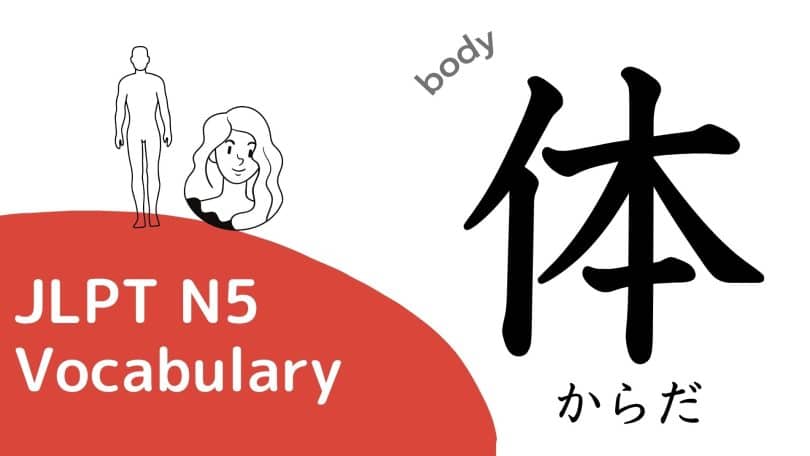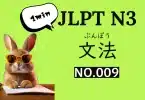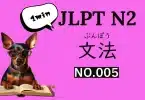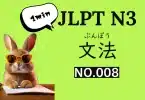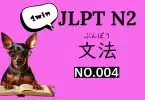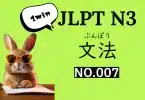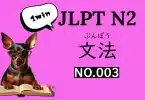Today, We will study Basic Japanese vocabulary related to “body ” in your town that will appear on the JLPT N5. Use infographics, flashcards, and practice tests to study effectively. Get ready!
Table of contents
Note:
Memorize the adjectives used with the body names together
Body vocabulary is often used to talk about how you look and the physical condition of your body. Therefore, it is effective to learn a set of adjectives that are used together with them.
Infographic:
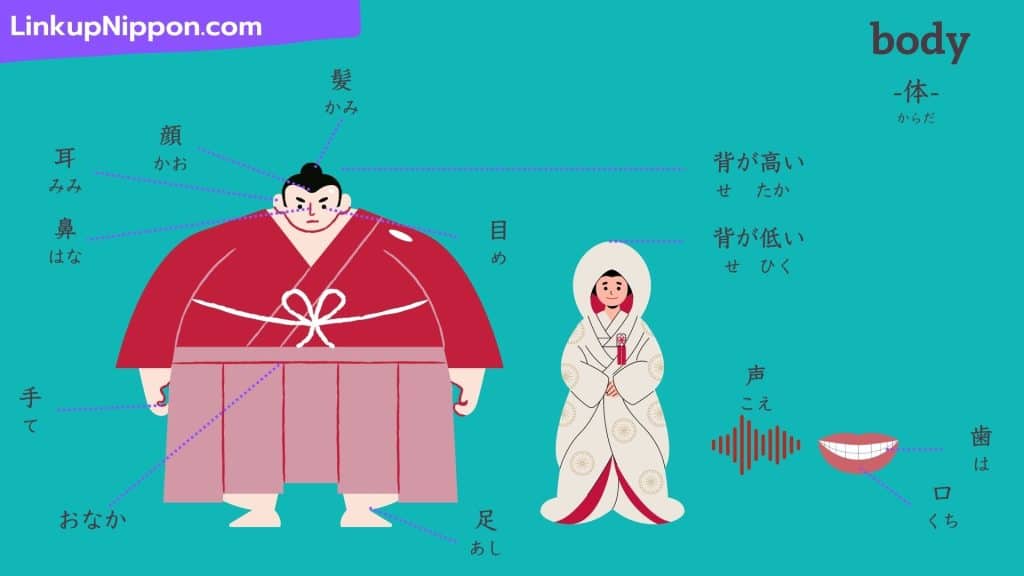
| English translation | Japanese |
| body | 体(からだ) |
| head | 頭(あたま) |
| face | 顔(かお) |
| eye | 目(め) |
| ear | 耳(みみ) |
| nose | 鼻(はな) |
| mouth | 口(くち) |
| tooth | 歯(は) |
| stomach | おなか |
| hand | 手(て) |
| leg,food | 足(あし) |
| height | 背 (せ) |
| voice | 声(こえ) |
Useful adjectives with body parts
Next, the adjectives used together are as follows.The point is to make the body part the subject and use “が(ga)” as a particle.
髪(かみ) が 長(なが) い 人(ひと) が すずきさん です。
The person who has long hair is Suzuki san.
<Adjective> 長い(ながい) : long 短い(みじかい) : short <Body parts name> 髪(かみ) : hair , 足(あし) : leg 腕(うで) : arm
妹(いもうと)さん は 目が 大(おお)きい ですね。
Your sister has big eye.
<Adjective> 大きい(おおきい) : big 小さい(ちいさい) : small <Body parts name> 目(め) : eye 口(くち) : mouth 顔(かお) : face etc...
私の先生(せんせい) は 背(せ) が 高(たか)い です。
My teacher is tall.
<Adjective> 高い(たかい) : high 低い(ひくい) low <Body parts name> 背(せ) : height 鼻(はな) : nose
Sometimes students are mistaken for 背(せ) が 長(なが)い or 短(みじか)い.In English, it is sometimes called short, but it is not used in Japanese. This is incorrect. Remember that 背(せ) が 高(たか)い or 低(ひく)い are used to describe height.
私の息子(むすこ) は 頭(あたま) が いい。
My son is smart.
<Adjective> いい : good わるい : bad <Body parts name> 頭(あたま) : head 目(め) : eye
In adittion,「頭(あたま) が いい」means intelligent idiomatically. This is often used.You can say “顔(かお) が いい ( good looking)” but it isn’t common. かっこいい( cool ) or かわいい(cute) is more common.
朝(あさ)から、歯(は) が 痛(いた)い です。
My tooth aches in the morning.
<Adjective> 痛(いた) い : painful <Body parts name> 頭(あたま) : head 目(め) : eye 歯(は) : tooth etc...
「痛(いた) い」 is often used when one is injured or sick.
Flash card video
Practice test video
coming soon…..!
Recommendation books for JLPT
Here, you can add your training with using these book for JLPT N5.

The Preparatory Course for the Japanese Language Proficiency Test: N5 Reading
Please check this article too.
Keep learning…!
Lastly, the JLPT vocabulary is about 800 words. So, continuous daily study is key. Check out the others, and keep building your vocabulary!

